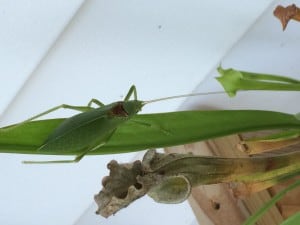CRYSTALLIZING YOUR INTONATION WITH DRONES
A great guitar player friend once told me how he practiced music with drones, or a continuously sounding note. He said it would make a world of difference for my ears, specifically when practicing scale tones. He learned of the idea through Indian classical music, as he was listening to a lot of Ali Akbar Kahn at the time. He didn’t have to worry about intonation as much, as his guitar has frets, but he still knew the benefits of it for “crystallizing” your ear and improving intonation.
I immediately tried it my next practice, and years later, continue to use it for most practice sessions. It has helped my intonation on pedal steel immensely; steel players, we have less room for error when hitting our “marks,” as we only have fret markers, not actual physical frets. I hardly question my intonation anymore, because after using drones for so long, it has almost become a part of my muscle/ear memory. This is a relief, as I used to question it often.
You can find drones online, or on some music streaming services. Put the track on loop mode, and do yourself a favor, find one that sounds decent in timbre. A repeating sine wave, or drones that sound like this, can get old quickly for your ears.
Honestly, practicing your scales with drones, is just more fun.

Notice how peaceful and content this grasshopper is… because its intonation with the plant it’s resting on is nearly perfect. It is naturally “in tune” with its surroundings, just as you can be with your surroundings (bandmates, iPod, yourself, the Universe, etc.), if you practice with drones long enough.
Here’s how I use them mostly:
- Take the scale you are practicing, for instance C Mixolydian scale (C D E F G A Bb C). Mentally make note of the scale tones according to their numerical relationship in the scale. 1(C) 2(D) 3(E) 4(F) 5(G) 6(A) b7(Bb).
- Run your scale in numerous patterns against the drone, which will be the root note of scale or C. For instance, work on this run 1,2,3,4,5 then 5,4,3,2,1 (scale tones) and you have successfully heard the first five tones of the scale, their relationship to the tonic, and even more important their relationship to each other. Now, when you play any Mixolydian scale, in any key, you know that scale’s tonality in relationship to its parent chord, and the intervals of the scale in relation to each other.

- This makes practicing scales not only more intuitive, and effective, but also more exciting. How often do we actually play scales in music, when there is no chord or music behind them?
- The scale degree numbers you begin to memorize naturally, and they eventually become useful when soloing over a vamp, or more derivative based playing. It will eventually help you learn all modes, and any scale, as the scale degree numbers start to sink in – you begin to think of scales as not only letters, but rather numbers too. The number approach will help with improvising greatly. A lot of Western world jazz improvisers started studying this numerical scale degree method, and using drones, to help their improvising in a more derivative way, or over a vamp (think jamming on Miles Davis’ “So What”), as opposed to a more parallel way (think modal changes on “Autumn Leaves”). It is also used by Nashville session players for communicating melodic ideas more effectively.
Try using drones at your next practice session, and see if you like them. It’s at least worth a shot!
Most of the audio samples on this site contain supplemental takes with a drone in the background. You can listen to what some riffs sound like with, and without the drone, to hear it in context…
